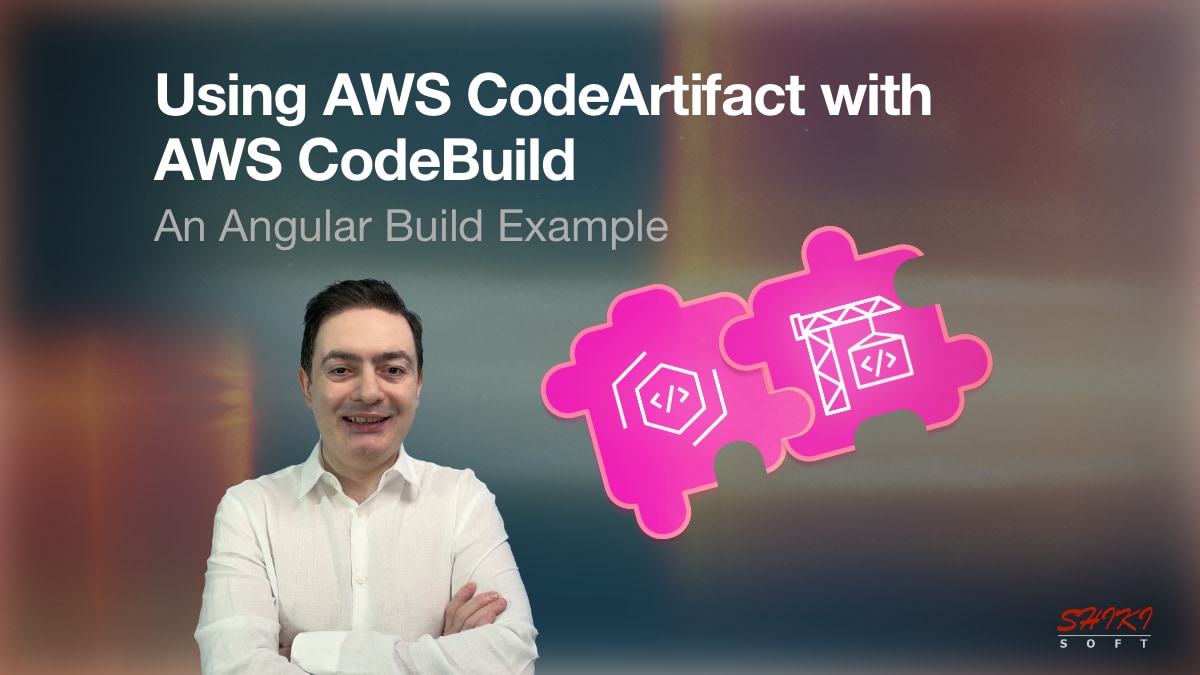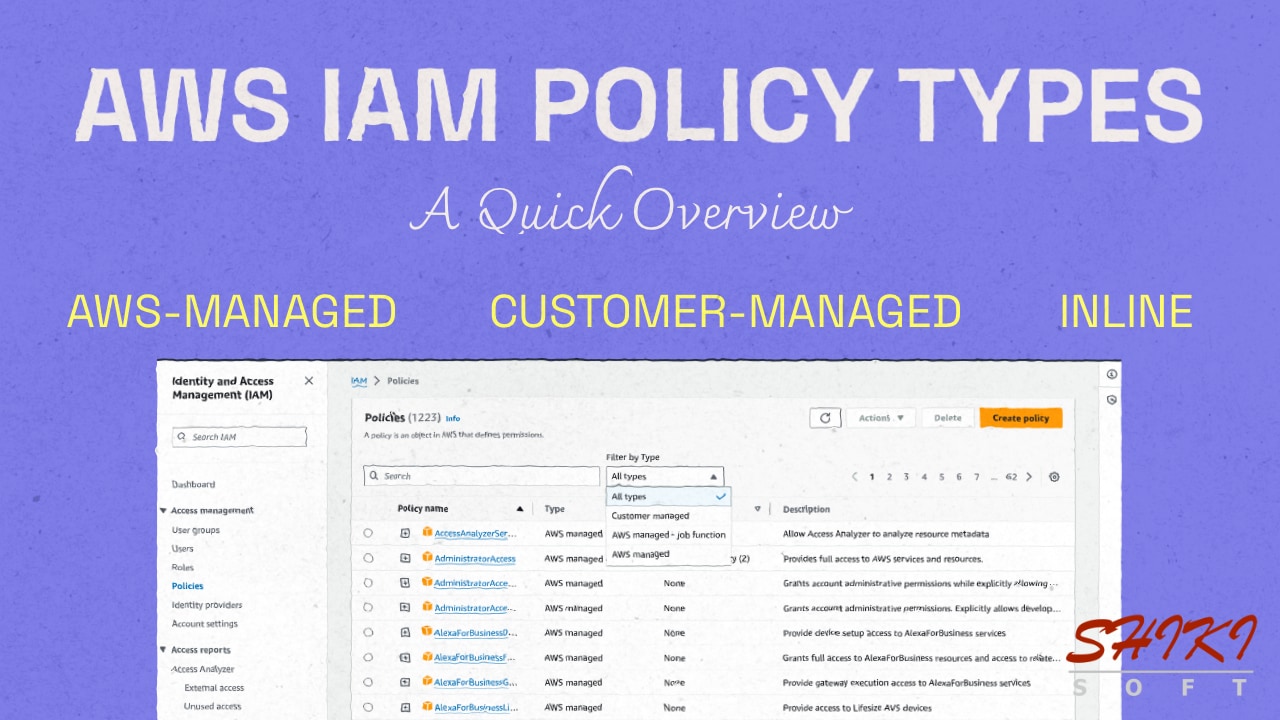AWS Certified DevOps Engineer – Professional for the Third Time!
- by Emre Yilmaz
- Oct 1, 2024
- AWS • DevOps • Announcements

Recently, I recertified my AWS Certified DevOps Engineer – Professional (DOP-C02) certification by sitting for the exam for the third time. So, I extended my DevOps Pro certification to 9 years and the AWS Certified Developer – Associate and AWS Certified SysOps Administrator – Associate certifications to 10 years. It was a long marathon.
You need to recertify your AWS certifications in every three years. Although it was my third exam for this certification, it was still hard, and I learned new things during preparation. So, let me give you some insights about the exam coverage, how I prepared, and how online proctoring went with Pearson Vue.
Continue reading the AWS Certified DevOps Engineer – Professional for the Third Time! blog post.




